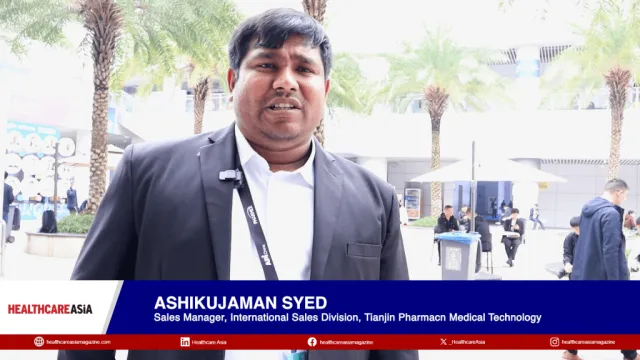Singapore
Novena Global Lifecare to set up $150m Sino-Singapore healthcare fund
Novena Global Lifecare to set up $150m Sino-Singapore healthcare fund
It will invest in medical services, biomedical projects, mature drugs and precision medicine companies.
Thomson Medical Group sets up $500m multicurrency debt issuance programme
The net proceeds will finance its borrowings, expansions and capital expenditure.
Hong Kong medical costs up 9.3% in 2018
The situation isn't any easier for Singapore where costs grew 10%.
Public hospitals in Singapore snapped up three-fourths of tertiary admissions in 2006-2018
Private players were left to fight over the remaining 22-23% of the market.
Pioneer and Merdeka Generation seniors to get US$197.5m of MediSave top-ups in July
The top-ups will be given only to qualified seniors.
Singapore's healthcare expenditure to hit US$24.6b by 2020
Public healthcare allowances are tipped to grow at a 8.3% CAGR between 2016-2020.
Singapore's medical trend rate outpaced inflation 10 times in 2019
It is expected to rise by 0.1% in 2019.
How much are Singaporeans covered by public health insurance?
Nearly 7 in 10 are already covered by the Integrated Shield plan in 2017.
Malaysia hospital developments could uplift IHH earnings
It is also beginning to reap better contributions from Fortis.
Malaysia hospital developments could uplift IHH earnings
It is also beginning to reap better contributions from Fortis.
Union Hospital bags Patient Care Initiative Award
Union's one-of-a-kind app forces a path in delivering medical information with a few clicks.
VitalLife Scientific Wellness Center bags two Healthcare Asia Awards
It won the Patient Care Initiative of the Year and Service Delivery Innovation of the Year awards.
University of Santo Tomas Hospital gains Corporate Social Responsibility Award
Taking inspiration from Loren Eiseley’s Starfish Story, the University of Santo Tomas Hospital (USTH) set its course on delivering affordable, reliable and holistic healthcare services to all, especially the underprivileged.
Thonburi Healthcare Group clinches two awards at the Healthcare Asia Awards 2019
In the recently concluded Healthcare Asia Awards 2019, THG took home two awards, the Clinical Service Initiative of the Year Award and the Hospital of the Year Award for Thailand.
The Medical City's President and CEO, Dr. Eugenio Ramos, wins CEO of the Year Award; TMC Clark bags two awards
After undergoing an arduous transformative process, The Medical City (TMC) has reason to celebrate after bagging three accolades at the Healthcare Asia Awards.
Emergency Department of Tawam Hospital Al Ain UAE bags two Healthcare Asia Awards 2019
It won the Patient Care Initiative of the Year & Patient Safety Initiative of the Year.
St. Luke's Medical Center clinches two Health Care Asia awards
The Philippines’ premier and most respected medical institution took home the Patient Safety Initiative of the Year Award and Customer Service Award.



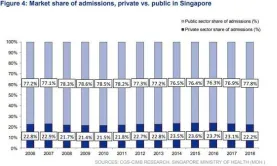

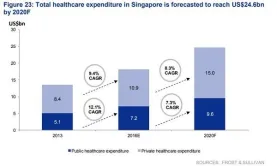
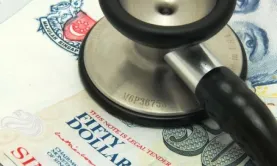
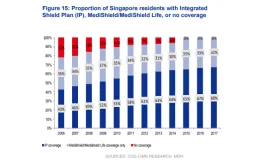
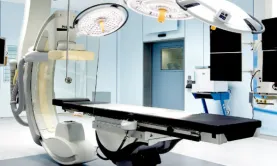
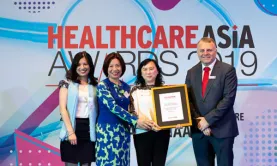
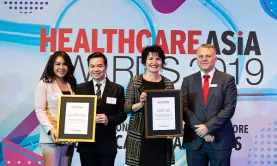
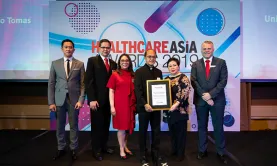
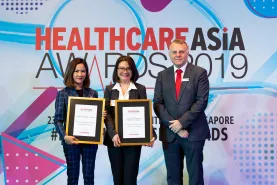
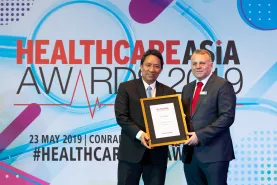
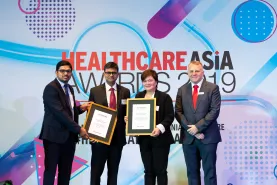
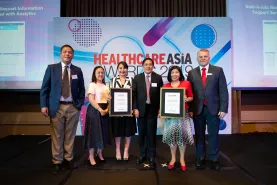

 Advertise
Advertise







